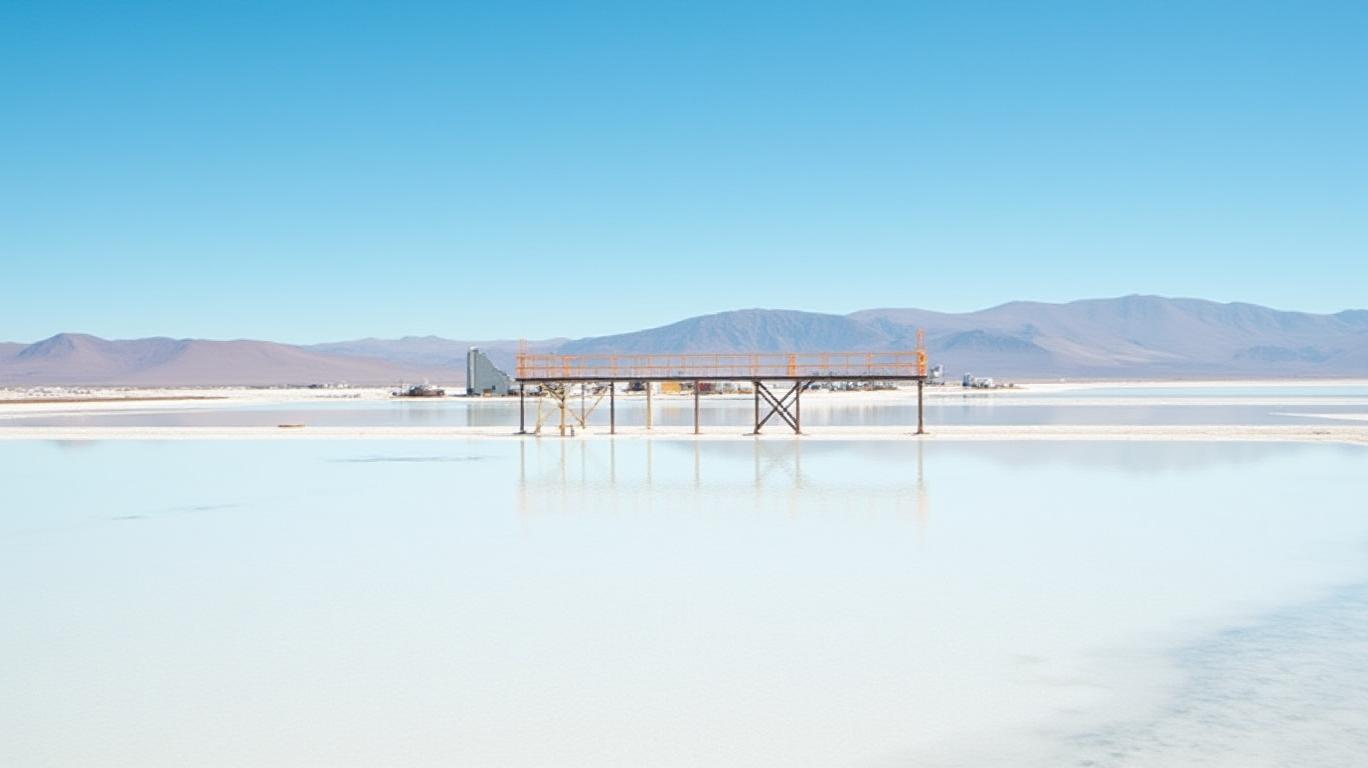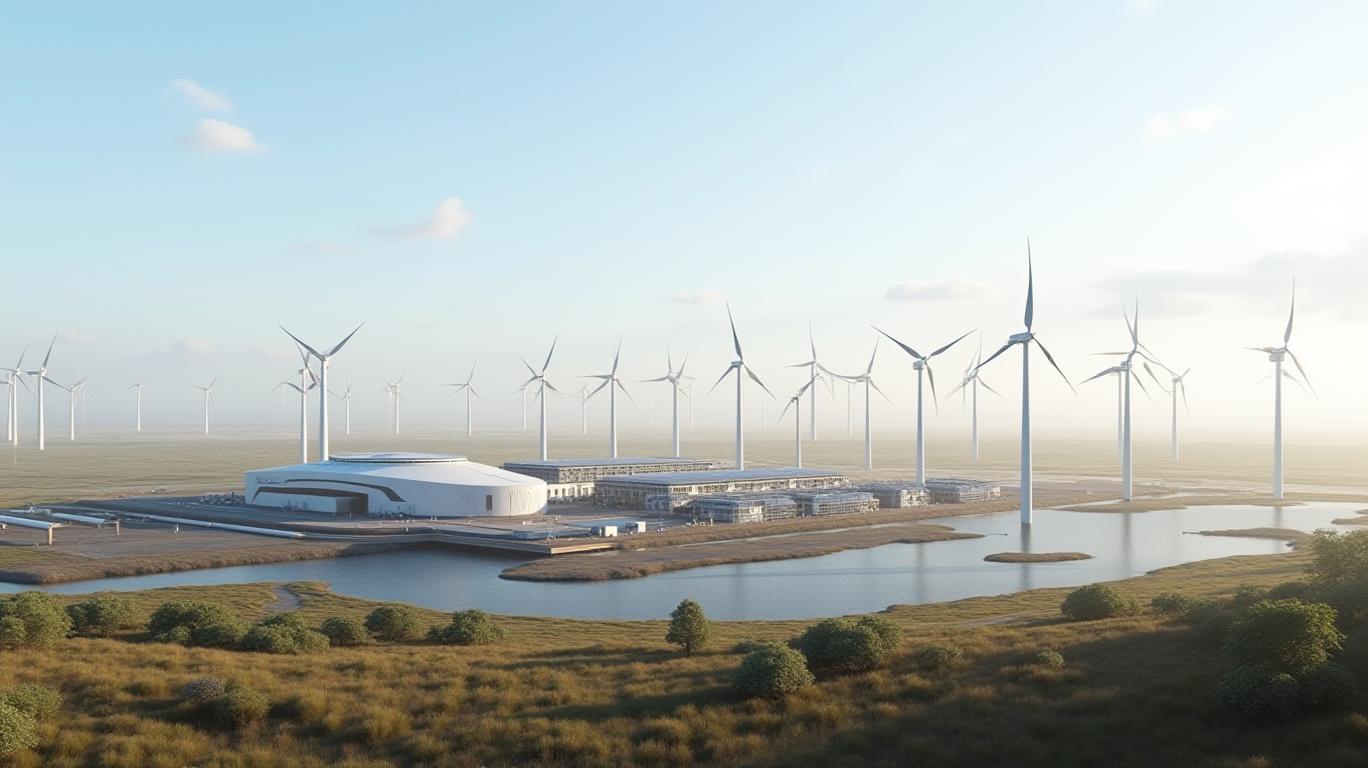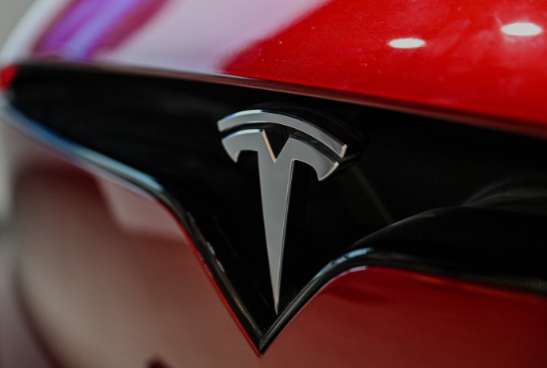Smackover Lithium’s SWA Project: A Lithium Boom for U.S. Energy Independence?
The U.S. government’s push to secure its critical mineral supply chain just got a major boost. Smackover Lithium’s South West Arkansas (SWA) Project has been designated a priority critical mineral project under President Trump’s 2025 Executive Order 14241, a move aimed at accelerating domestic lithium production and reducing reliance on foreign suppliers like China. This designation—backed by the National Energy Dominance Council and the Federal Permitting Improvement Steering Council—could position the SWA Project as a linchpin in the U.S. energy transition.
The Strategic Play for Lithium Dominance
The SWA Project stands out among U.S. lithium initiatives for two reasons: its use of Direct Lithium Extraction (DLE) technology and its unique regulatory fast-tracking. Unlike traditional lithium brine extraction, which can take years and involve significant environmental disruption, DLE promises faster production with a smaller footprint. The project’s inclusion in the Federal Permitting Dashboard’s Transparency Program means federal agencies must coordinate closely to streamline approvals, potentially cutting years off the typical 7–10 year permitting timeline.

Why This Matters for Investors
The U.S. is racing to build a domestic lithium supply chain as demand for EVs and battery storage surges. Currently, China controls over 60% of global lithium refining capacity, a vulnerability the Trump administration aims to address. The SWA Project’s DLE technology could give it a cost advantage: Smackover estimates production costs as low as $3,000 per metric ton, compared to $5,000–$7,000 for traditional methods.
The stock of lead partner Standard Lithium (SLI) has already risen 40% in anticipation of the designation, though volatility remains. Investors should monitor lithium price trends and regulatory updates.
Risks and Realities
While the SWA Project’s strategic importance is clear, execution risks linger. Though DLE technology is promising, it’s unproven at scale. The project’s timeline—targeting production by 2028—depends on resolving permitting hurdles and securing funding. Competing projects, likeioneer’s Silver Peak Lithium Project in Nevada, face legal and environmental challenges that could delay their timelines. The SWA Project’s DLE approach may offer an edge, but investors should scrutinize technical feasibility.
The Bigger Picture: Lithium and U.S. Energy Security
The U.S. imports over 90% of its lithium, a dependency that could stifle its EV ambitions. The SWA Project’s success could help shift that calculus. At full capacity, the project could supply 10–15% of U.S. lithium demand, according to industry estimates. With the Biden administration also prioritizing critical minerals, bipartisan support for domestic projects is strong.
The U.S. aims to double its lithium refining capacity by 2030. The SWA Project’s federal backing positions it to capture a significant slice of this growth.
Conclusion: A Pivotal Moment for U.S. Lithium
The SWA Project’s designation marks a critical step toward U.S. energy independence. With its DLE innovation, regulatory tailwinds, and strategic importance, Smackover Lithium could become a cornerstone of domestic lithium production. For investors, the project offers exposure to a sector with 15–20% annual growth through 2030. However, success hinges on execution: the timeline, cost control, and scalability of DLE remain key variables.
As the U.S. races to build its clean energy supply chain, the SWA Project is more than a lithium play—it’s a test of whether the country can outmaneuver China in a race for critical minerals. The stakes are high, but the rewards could be historic.
Data sources: U.S. Federal Permitting Dashboard, Standard Lithium investor presentations, BloombergNEF lithium market forecasts.










